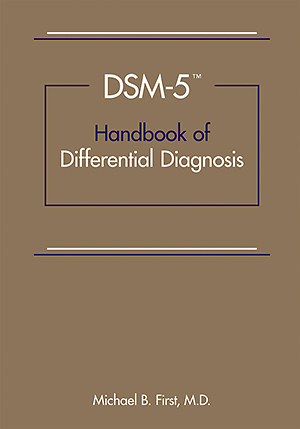Sections
Excerpt
In contrast to the 29 decision trees included in Chapter 2, which use presenting symptoms as their starting points, the entry points to the 66 differential diagnosis tables included in this chapter are the DSM-5 disorders themselves. Although the practice of quickly arriving at a working diagnosis based on the gestalt of the patient has its pitfalls in terms of prematurely closing the clinician’s mind to other equally valid possible diagnostic contenders, this is likely the method most often used by experienced clinicians. To help ensure that your working diagnosis is in fact the best diagnostic fit for your patient’s clinical presentation, the disorder-oriented differential diagnosis tables can be invaluable in providing a comprehensive listing of those DSM-5 disorders that share important features with your initial working diagnosis so that these disorders can be considered and ruled out.
Access content
To read the fulltext, please use one of the options below to sign in or purchase access.- Personal login
- Institutional Login
- Sign in via OpenAthens
- Register for access
-
Please login/register if you wish to pair your device and check access availability.
Not a subscriber?
PsychiatryOnline subscription options offer access to the DSM-5 library, books, journals, CME, and patient resources. This all-in-one virtual library provides psychiatrists and mental health professionals with key resources for diagnosis, treatment, research, and professional development.
Need more help? PsychiatryOnline Customer Service may be reached by emailing [email protected] or by calling 800-368-5777 (in the U.S.) or 703-907-7322 (outside the U.S.).



